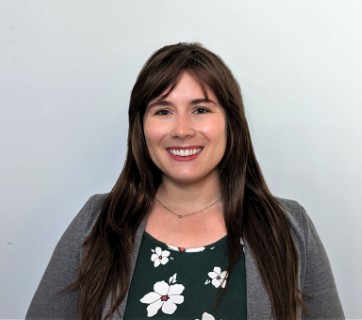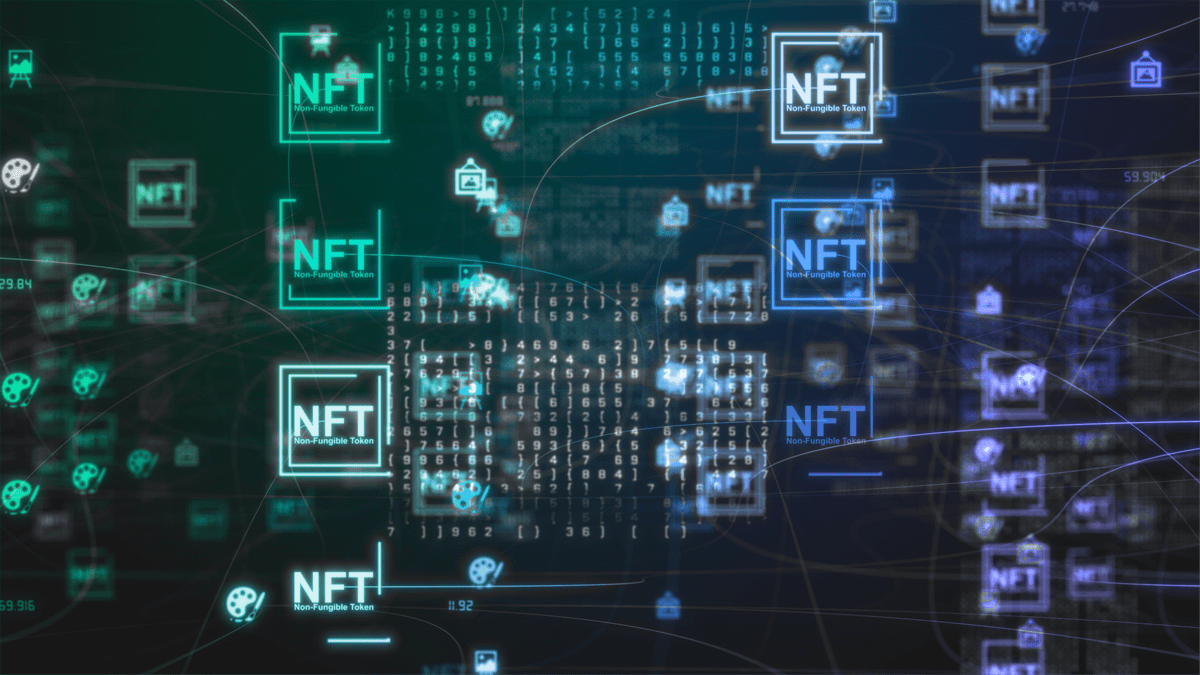Every day, people pass by event venues, often noticing posters for past events they would have enjoyed but missed. Why depend on physical advertisements, when you can capture a potential customer's attention through a device they frequently use - their smartphone.
What is Geofencing and How Does It Work in Event Marketing?
The success of marketing live events heavily relies on effective strategies and smart budget allocation. This is where the power of geofencing comes into play, enabling event marketers to maximize their budgets while reaching and engaging event attendees in a more targeted and measurable manner.
Geofencing is a location-based technology that enables marketers to create a virtual boundary around a specific geographic area, such as an event venue. This virtual boundary, known as a geofence, can be pre-defined to trigger location-based notifications on smartphones when a user enters or exits the designated area.

Local residents may see ads for events they are interested in based on their proximity to the venue, and those who often visit the venue may receive a mobile alert about upcoming events they weren't aware of. This location-based mobile event marketing encourages them to purchase tickets and also share the event with friends, boosting ticket sales.
Geofencing's popularity is skyrocketing, with the Active Geofencing Market projected to surge from USD 1.47 billion in 2023 to USD 4.19 billion by 2028, reflecting a remarkable 23.23% compound annual growth rate (CAGR) during the forecast period (2023-2028).1

Understanding the Basics of Geofencing Technology
Geofencing technology works by leveraging the GPS capabilities of smartphones to detect when a device crosses a geofence boundary. This allows event organizers to send targeted messages or ads to individuals within the geofenced area, allowing for real-time engagement with event attendees.
Examples of Geofencing Marketing
Geofencing, as mentioned above, is a location-based service that is usually integrated with a mobile application. Once set up, it creates a virtual boundary around a specified location that triggers an action when a mobile device or RFID tag enters or exits the boundary line.
The technology is generally integrated via API with an app; a system administrator can then set up the boundary line using GPS- or RFID-enabled software to set a circle or other shape on something as simple as a Google map.
Multiple boundaries can be made; think about separate entrances and exits for venues, or defining areas within a venue. Such boundary markers can indicate where people are congregating within a conference hall or concert arena.

How Geofencing Works for Venues and Sponsors
Geofences also collect information about the devices that pass through their barriers, and the targeted advertisement can last up to 30 days. Send follow-up information about similar, future events; ask their opinion about the venue, the show, and their overall experience.
Event organizers can even follow patrons across other channels to continually reconnect and keep the venue or event producer at the forefront of a patron’s mind.
Geofencing can also be used for sponsors at events. For example, if a corporate sponsor wishes to target attendees at a music festival, they can create a geofence around the event venue, pushing tailored ads and promotional content to smartphone users within the geofenced area, effectively reaching the target audience in a location-specific manner.

Benefits of Geofencing
Geofencing allows marketers to tailor their advertising messages to specific event attendees, thereby increasing the relevance and effectiveness of their campaigns. This targeted approach not only enhances the attendee experience but also improves the overall ROI of event marketing efforts.
Over 90% of marketers believe location-based advertising and marketing increase revenue, customer base expansion, and consumer engagement. The amount of growth was even higher for companies that used an advanced personalization strategy.2
How to Make a Geofence Event Marketing Strategy
Geofencing can significantly enhance live event marketing strategies by enabling organizers to target event attendees with location-based notifications and personalized content.
Targeting Event Attendees with Location-Based Notifications
Through utilizing geofencing, event marketers can send location-based notifications to attendees as they enter or exit the event venue. These notifications can include event schedules, exclusive offers, or promotional messages, enhancing the overall attendee experience and engagement.
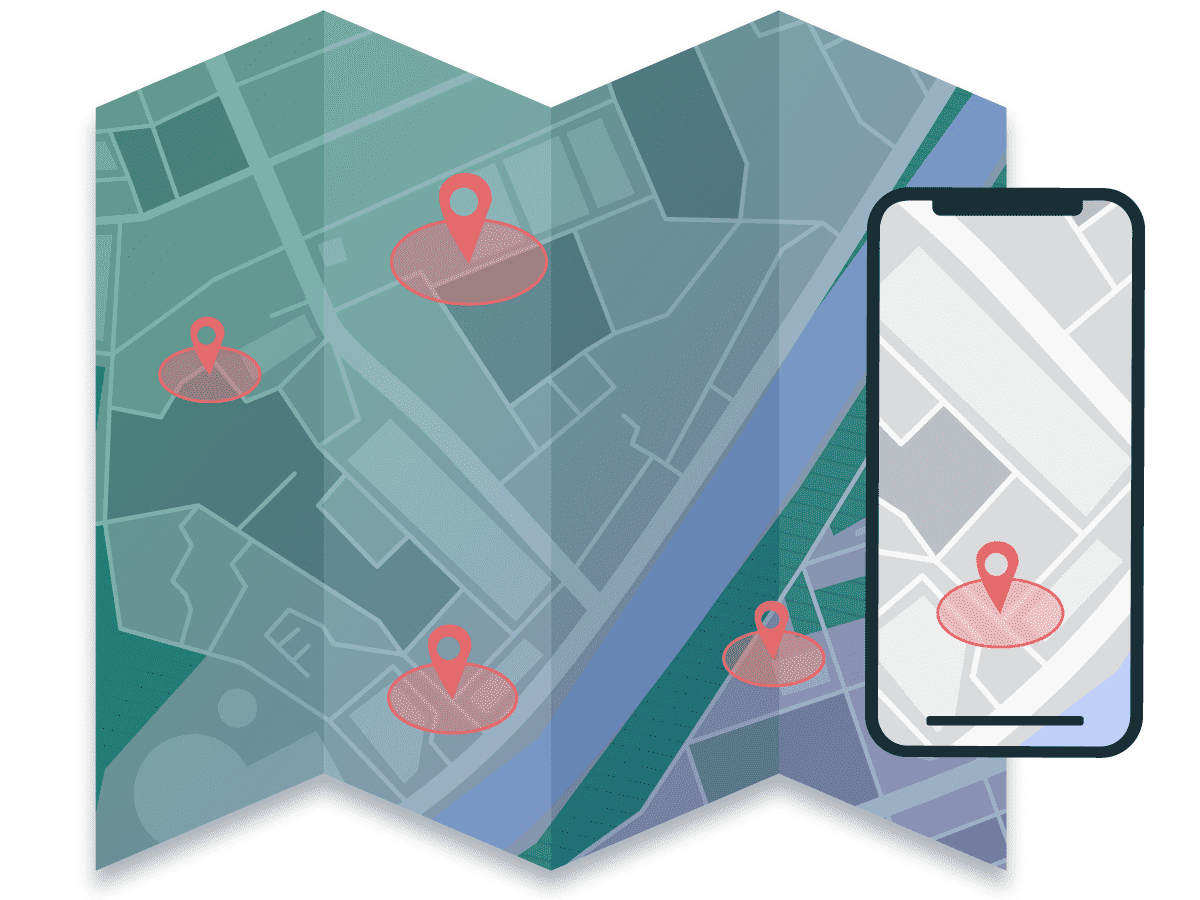
Implementing Geofencing in Cost-Effective Marketing Campaigns
Geofencing allows event marketers to execute cost-effective marketing campaigns by specifically targeting individuals within the geofenced area, avoiding unnecessary ad spending on audiences outside the event location. This targeted approach ensures that marketing budgets are maximized for optimal impact.
Utilizing Geofencing to Tailor Ads to Specific Event Attendees
Geofencing can be used to tailor ads and promotional content based on the demographic and behavioral attributes of event attendees within the geofenced area.
This personalized approach enhances the relevance and impact of marketing messages, increasing the likelihood of engagement and conversion. In fact, 89% of marketers see a positive ROI when they use personalization in their campaigns.3
Geofencing has many more applications for the live event ticketing industry, such as:
- Directions to and around the venue: Patrons using public transportation can get a notification at the closest metro or bus stop that they need to head down a particular street to get to the venue. Those already there can be notified that they are close to an entrance that has shorter lines, meaning they will get in faster. Once inside, patrons can be directed to concessions, merch tables, or networking opportunities.
- Collect event data: See where patrons congregate the most, and for how long. Tally actual attendance for comparison to ticket sales, and review the demographics attached to those to get a better feel for who is coming to what show to aid in future advertisement campaigns, event selection, and more.
- Review social media: Cast a net to see how people talk about the show post-attendance; check out Instagram photos, Twitter messages, and others to better understand how your patrons enjoyed the entertainment, the venue, and the amenities.
This is a small list of potential applications for geofencing; this technology can be tailored specifically for the type of event and the location where it takes place, and it can depend on the information you want to collect.

Maximizing Budgets and ROI with Geofencing in Event Marketing
Event marketers can maximize their budgets and ROI by leveraging the power of geofencing for targeted advertising and real-time engagement during live events.
Utilizing Geofences to Achieve Cost-Effective Advertising
Geofencing allows marketers to achieve cost-effective advertising by ensuring that ads are only delivered to individuals within the defined geofenced area, minimizing wastage and maximizing the impact of marketing spend.
The Power of Geofencing for Event Sponsorships and Ad Campaigns
For event sponsors and advertisers, geofencing provides an opportunity to directly engage with attendees in a location-specific manner, enhancing brand exposure and driving targeted interactions with potential customers.
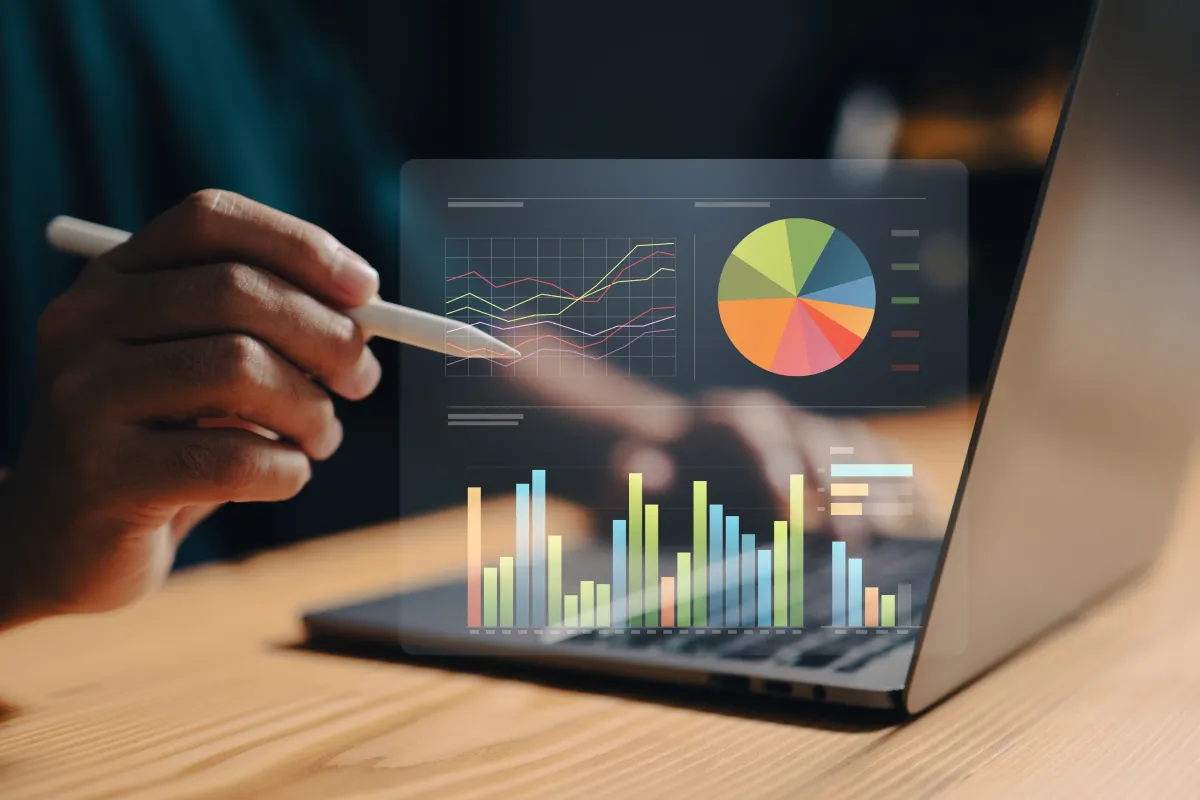
Measuring the Impact of Geofencing on Event Marketing ROI
Geofencing technology enables event marketers to measure the impact of their campaigns in real-time, providing valuable insights into attendee behavior, ad engagement, and conversion rates. This data-driven approach allows for refined marketing strategies and improved ROI.
Real-Time Engagement and Targeting with Geofencing
Geofencing technology enables event marketers to engage with attendees in real-time, creating personalized experiences and targeted interactions at live events. In 2023, around three-quarters of surveyed global customers expressed their expectation for improved personalization when sharing more personal data with businesses.4
Creating a Virtual Boundary Around Event Locations
By creating a virtual boundary around the event venue, event organizers can establish a geofenced area where targeted engagement and notifications can be delivered to event attendees, enhancing their overall event experience.
Interacting with Attendees as They Enter or Exit Geofenced Areas
Geofencing allows for timely interactions with attendees as they enter or exit the geofenced area, enabling event organizers and sponsors to deliver relevant content and messaging in a contextually appropriate manner.
Enabling Real-Time Engagement through Geofencing Technology
Event marketers can utilize geofencing to enable real-time engagement with attendees, fostering meaningful interactions and personalized communication that aligns with the event's objectives and the interests of the target audience.

How Much Does Geofencing Cost?
By 2023, location-based mobile advertising spending in the United States is projected to surpass 32 billion dollars by the end of 2023. With 25% of marketing budgets now spent on location-based mobile marketing, it is fast becoming an essential part of event marketing strategies.5
Adding geofencing to a planned or existing marketing strategy depends on how you want to implement it. The final design for the geofencing addition will depend not only on whether you choose to go with a full-service company or add it to their existing application, but also the number of fences to set up, and the amount and type of information to be collected.
Here are a few items to consider when trying to estimate the budget for desired geofencing functionality:
- Location. Figuring out your audience, and the location of that audience, can determine how large or how many geofences you want to set up. Creating more fences might be more expensive, but you will gather more plentiful and specific data about the audience you want to target.
- Level of reporting. Understanding what information you want versus what will fit into the budget for a campaign can help you adjust expectations.
- DIY or support needed. There are options to be hands-off and allow a third party to handle everything, however, it may be expensive. Adding geofencing to an existing application or building an app to have full control over your geofencing may fit your organization's needs better.
- Amount of bells and whistles. Adding specific demographic information, targeting certain behaviors, retargeting, and other premium features can all add up. However, they are often worth the investment when it comes to fully understanding a target audience.

Actual pricing for geofencing varies depending on providers and solutions. Generally, the larger an area a geofence covers, the less costly it is. However, it is not always about how big a geofence is, but the amount and type of information it collects.
From a live event ticketing perspective, it may be more cost-effective to implement geofencing in an existing mobile app or to develop a mobile application for the specific venue, entertainment, or organization that will be using the geofencing.
Maximizing the Potential of Geofencing for Event Marketing Budgets
By leveraging geofencing technology effectively, event marketers can maximize the potential of their marketing budgets, ensuring that ad spending is optimized for targeted engagement and measurable impact, ultimately driving enhanced ROI from live event marketing efforts.
Implementing Geofencing: Best Practices and Tips for Event Marketers
When implementing geofencing in live event marketing strategies, event marketers should consider best practices and effective utilization of geofencing technology to maximize its potential.
How to Implement Geofencing in Live Event Marketing Strategies
Event marketers can implement geofencing by strategically defining geofence boundaries around specific event locations, ensuring that the targeted area aligns with the objectives of the marketing campaign and the interests of the target audience.
Utilizing Geofencing to Reach the Target Audience Effectively
Geofencing can help event marketers reach their target audience more effectively by delivering personalized and contextually relevant content to individuals within the geofenced area, thereby enhancing audience engagement and brand interactions. This is more relevant than ever, as location-based queries such as “where to buy” and “near me” have grown by 200% since 2017.6
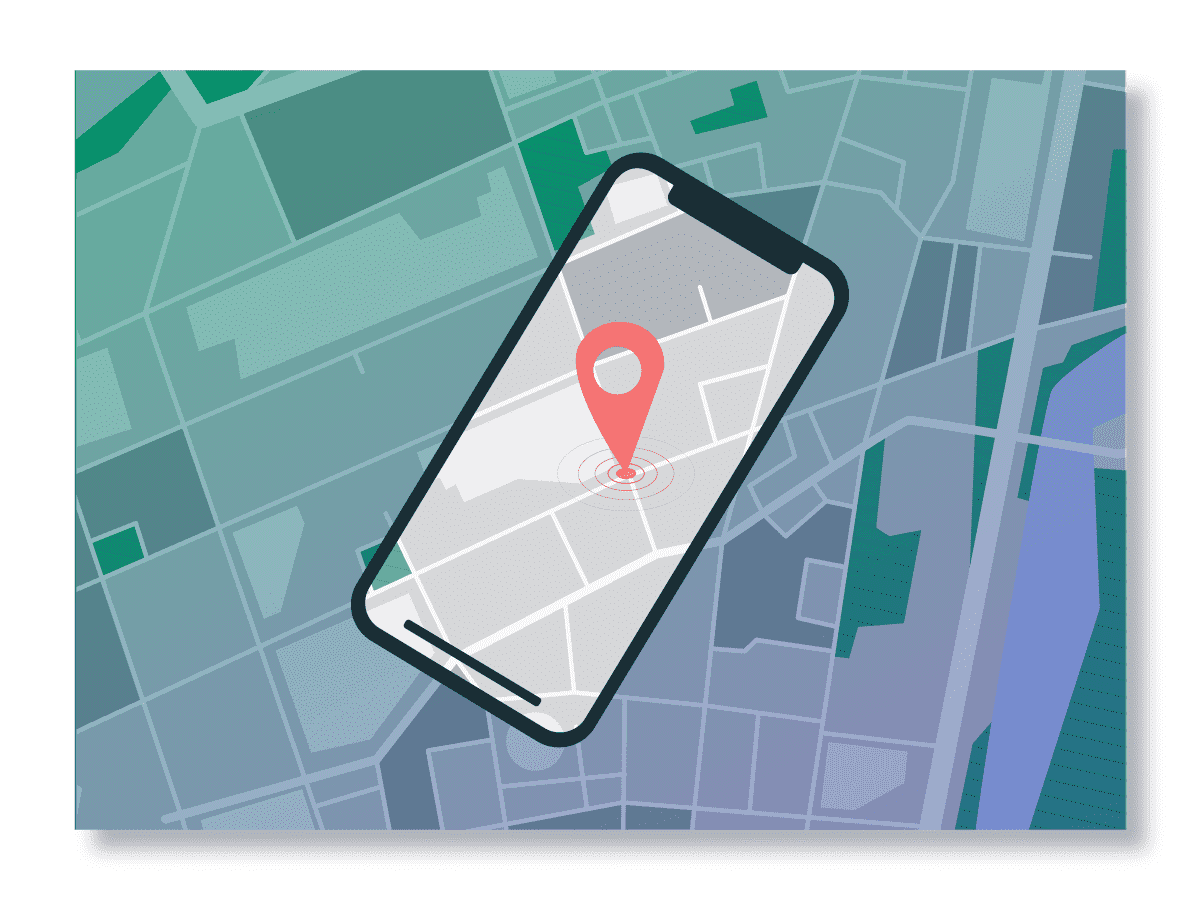
Conclusion
Geofencing is a strong strategy for organizations looking to fill stadiums and concert venues while adding value for both guests and sponsors. Audiences want to be connected with shows and experiences that speak to them, and geofencing provides a bridge for you to understand your ticket purchasers better.
By personalizing event marketing to the location and interests of potential patrons, you have a stronger chance of increasing and maintaining high ticket sales.
Ready to discuss how geofencing can be added to your existing mobile app, or how location-based tech can augment your planned marketing strategy? Softjourn has more than 20 years of experience in the live event ticketing space and we know the ins and outs of appealing to a fickle customer base. Reach out today!
FAQs
Q: What is geofencing?
A: Geofencing is a location-based marketing technique that allows event organizers to predefine virtual boundaries around an event using GPS or Bluetooth technology.
Q: How can event organizers use geofencing to maximize their marketing budgets?
A: Event organizers can use geofencing to deliver highly targeted and personalized marketing campaigns to individuals attending events. This helps in optimizing their marketing spend and maximizing the impact of their marketing efforts.
Q: What are the benefits of using geofencing for live event marketing?
A: Geofencing allows event organizers to create a sense of community around an event and provides a way to reach attendees with relevant and timely offers and information. It also enables event organizers to gather valuable data that can be used to enhance future marketing strategies.
Q: How does geofencing work around an event?
A: Event organizers can set up geofences around the event venue, and when individuals with location-based services enabled on their devices enter the defined boundary, they can receive targeted notifications and content related to the event.
Q: What is the role of a geofencing provider in live event marketing?
A: A geofencing provider offers a geofencing solution that event organizers can use to create and manage geofencing campaigns. They help in leveraging the power of geofencing technology to enhance the marketing strategies for live events.
Q: Can geofencing be used to build engagement before, during, and after an event?
A: Yes, geofencing can be utilized to engage attendees before the event by sending out event reminders and promotions, during the event by offering exclusive deals, and after the event by continuing the engagement with follow-up offers and content.
Q: How does geofencing rely on location-based marketing to enhance event promotions?
A: Geofencing relies on the precise location of individuals to deliver targeted promotional messages and offers, making it an effective strategy for event promotion and attendee engagement.
Q: How can event organizers explore how geofencing can provide value for their marketing efforts?
A: Event organizers can work with a geofencing provider to understand how geofencing can be used to highlight the unique aspects of their event, engage attendees, and drive ticket sales through personalized and location-based marketing strategies.
Q: What are some creative ways in which geofencing can be used by event organizers?
A: Event organizers can use geofencing to create interactive experiences for attendees, offer location-based incentives, and enhance the overall event experience by providing relevant and timely information to attendees based on their location.
Q: How can data gathered from geofencing campaigns be used to optimize future event marketing strategies?
A: Data collected from geofencing campaigns can be analyzed to gain insights into attendee behavior, preferences, and engagement patterns. This data can then be used to tailor and optimize future event marketing strategies to better resonate with the target audience.

